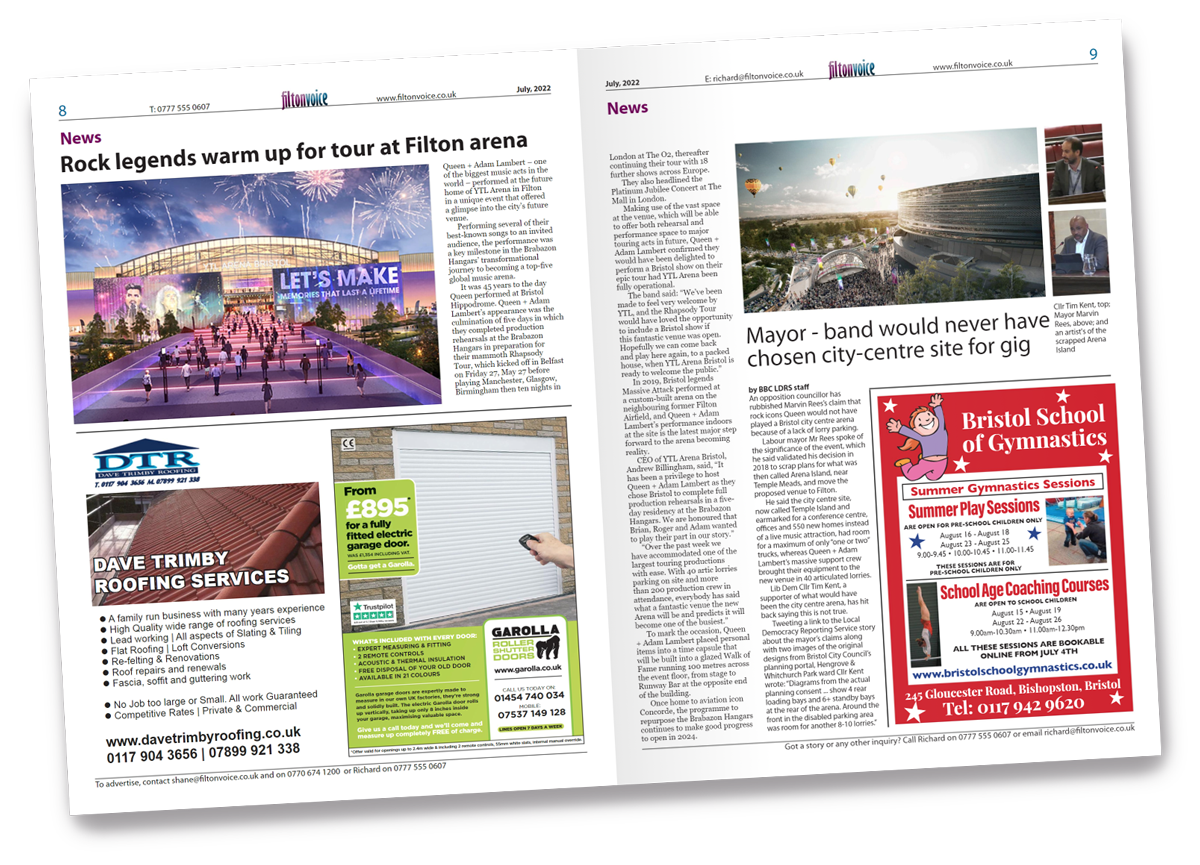Thousands of petitioners have demanded a pause to a liveable neighbourhood in east Bristol after many concerns including a rise in congestion.
The trial is being rolled out in parts of St George, Redfield and Barton Hill. It aims to prevent drivers from cutting through residential streets, making it easier and safer to walk and cycle there instead. But its roll-out has sparked protests and calls for Bristol City Council to listen to the concerns of affected residents.
The petition led to a debate among councillors during a full council meeting on December 10. Greens said they would analyse the evidence of the scheme’s effects after six months, and then engage with the public again, before making any changes.
Melissa Topping a disabled resident who lives on Victoria Avenue, told councillors: “The lack of accessible routes will force me to cancel crucial appointments, leaving my health and wellbeing compromised. This isn’t just my experience but a common struggle for many disabled individuals in our community. The scheme’s devastating consequences are clear: unjustified traffic chaos.
“The scheme has created gridlock on our roads, making it difficult for residents to get to work, school or essential appointments. This has led to increased stress, frustration and wasted time. Traffic congestion has led to higher levels of air pollution, endangering the health of our residents, particularly children and the elderly.
As well as drawing complaints, the scheme has many supporters.
Lyndsey Melling, who lives on Beaufort Road, said: “The measures were installed about six weeks ago and it has been incredible. I used to have crashes and hear constant traffic outside my house. Now I hear kids laughing, going to school, scooting, and riding their bikes. We really appreciate the East Bristol Liveable Neighbourhood and would like to see the trial continue.”
The liveable neighbourhood appears to have split public opinion in the affected area, with bitter disputes taking place on social media about its consequences.
Green Councillor Abi Finch, representing St George Central, said: “I’ve said before that I am in support of this scheme. I want to see an east Bristol where people can walk, wheel and cycle safely, where there is less air pollution and where local businesses can thrive. This is what the liveable neighbourhood has been designed to achieve. If it does not achieve these things, then I’ll support finding a different approach.
“The issue is at the moment it’s too early to tell. It’ll take a few months before people have adapted their journeys and we can start to properly see the effects of the scheme. The project team will be monitoring its effect, including the levels of traffic and air pollution.”
One of the main complaints is a perceived lack of public consultation. Many say they feel like their concerns have been ignored, and the scheme is pressing on regardless of the problems they have raised.
But according to Green Cllr Ed Plowden, chair of the transport policy committee, the scheme came out of a citizens assembly, and “multiple stages of engagement” have taken place. He added that several letters were written to everybody living in the area, although members of the public disputed this and shouted “lies” in response.
The trial will last for at least six months, to allow enough evidence to be collected on its effects. Then the council will consult the public again on their views, before deciding whether to make the scheme permanent and what changes would need to be made. Plans are also being drawn up to pay for new and improved bus services through the liveable neighbourhood area.
Cllr Plowden said:“This is a trial, and we are ready to make changes but we need six months to do a comprehensive evaluation of the scheme. I will make the evaluation criteria available shortly. We need to act on evidence, not emotion.”
By Alex Seabrook, Local Democracy Reporter


